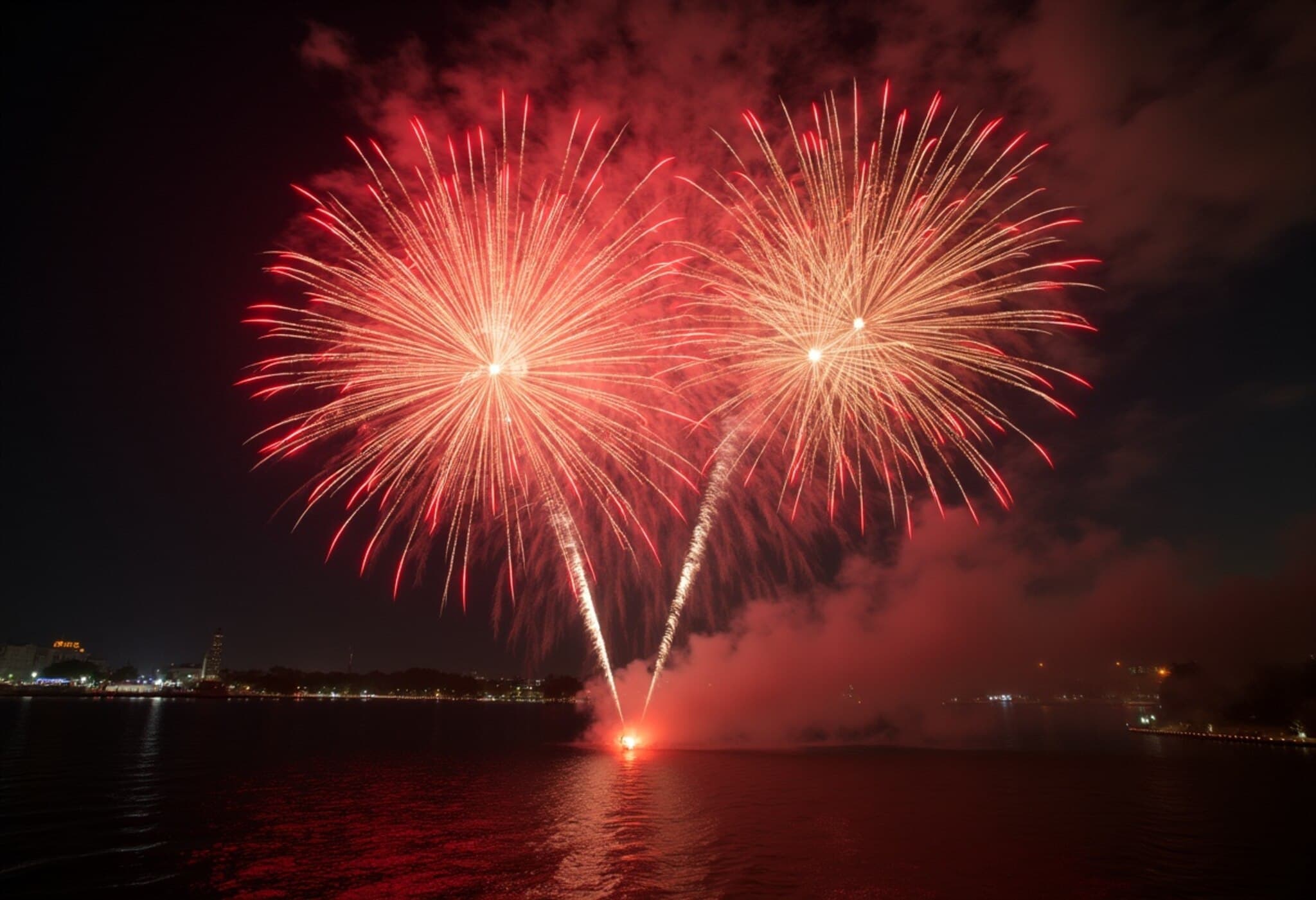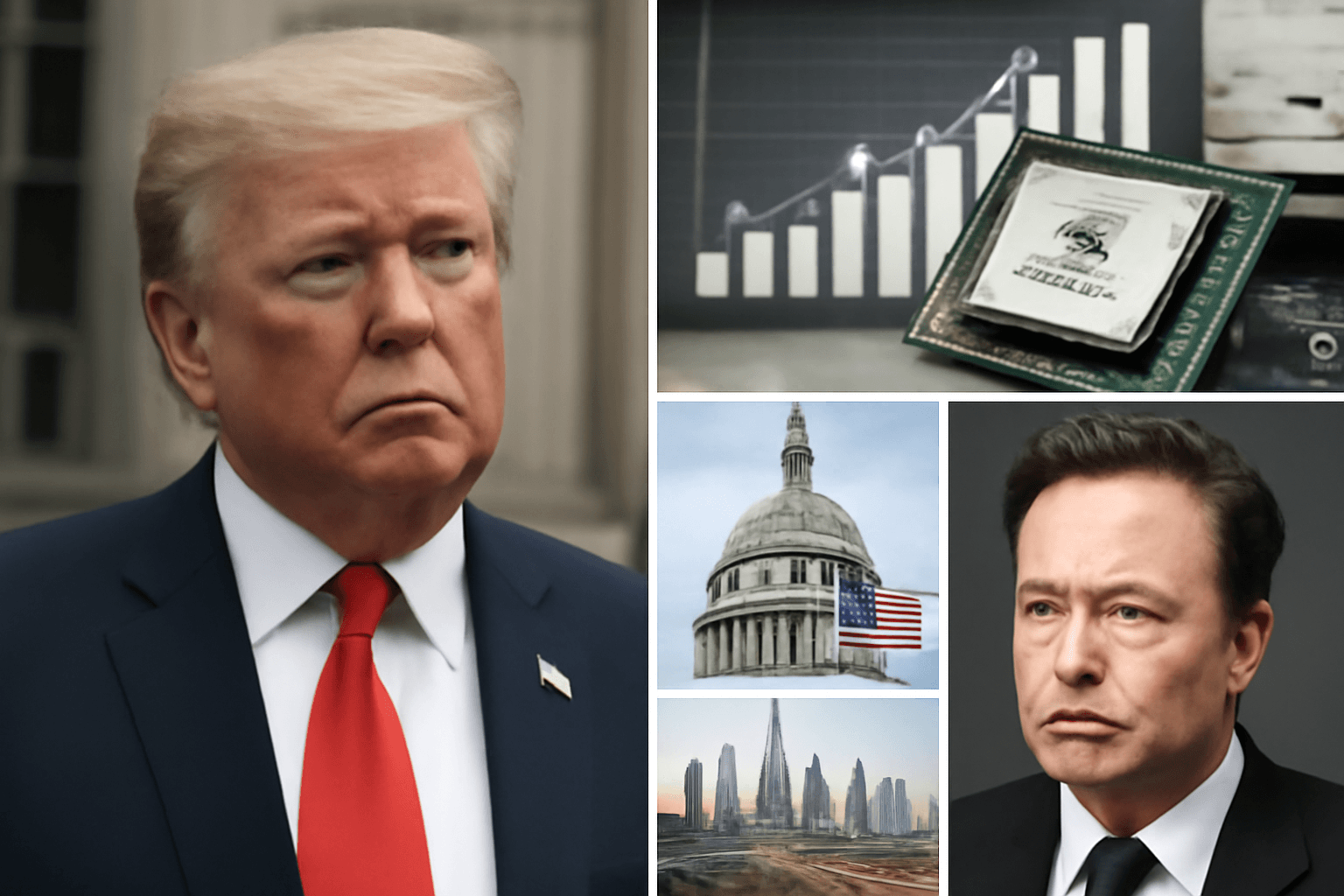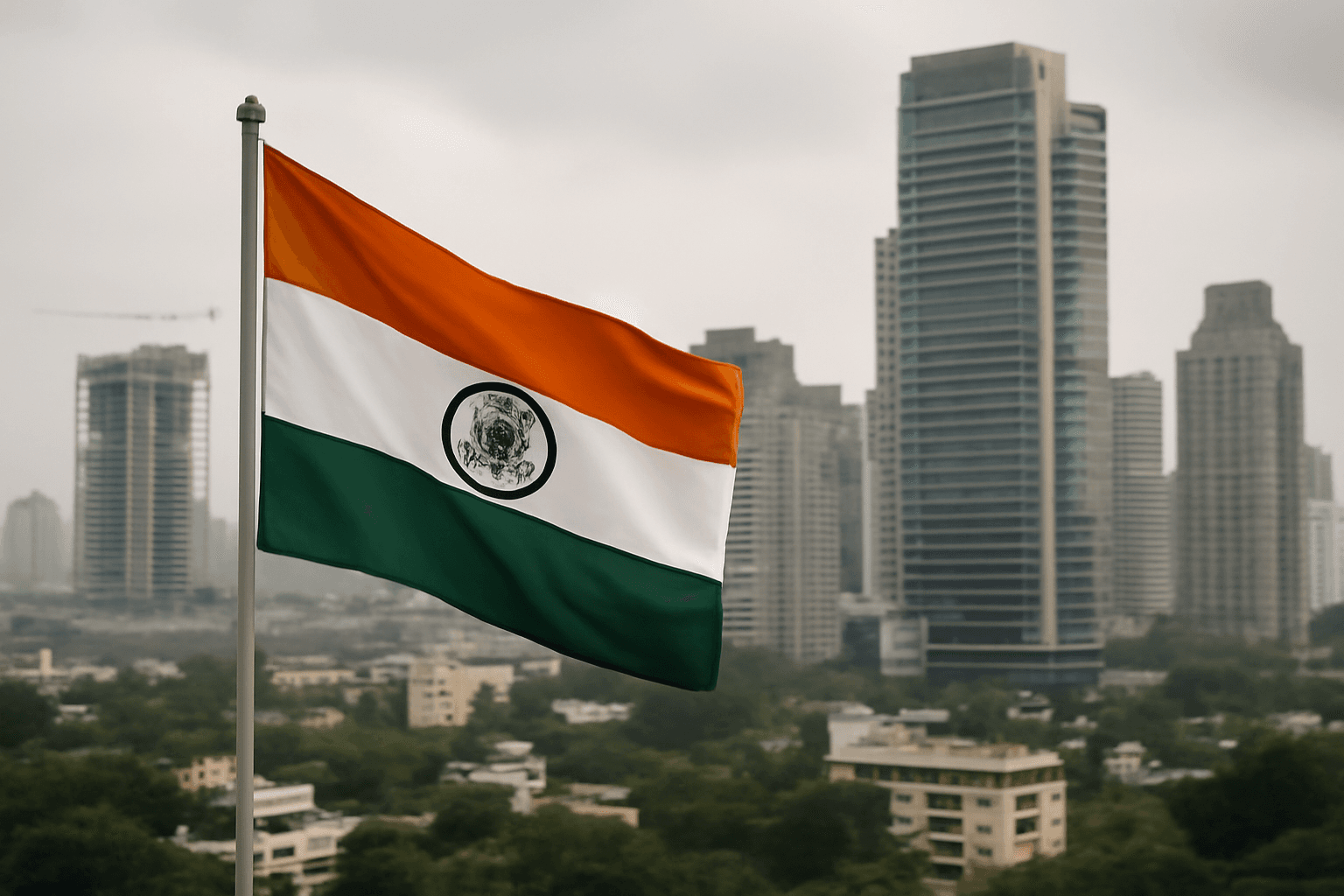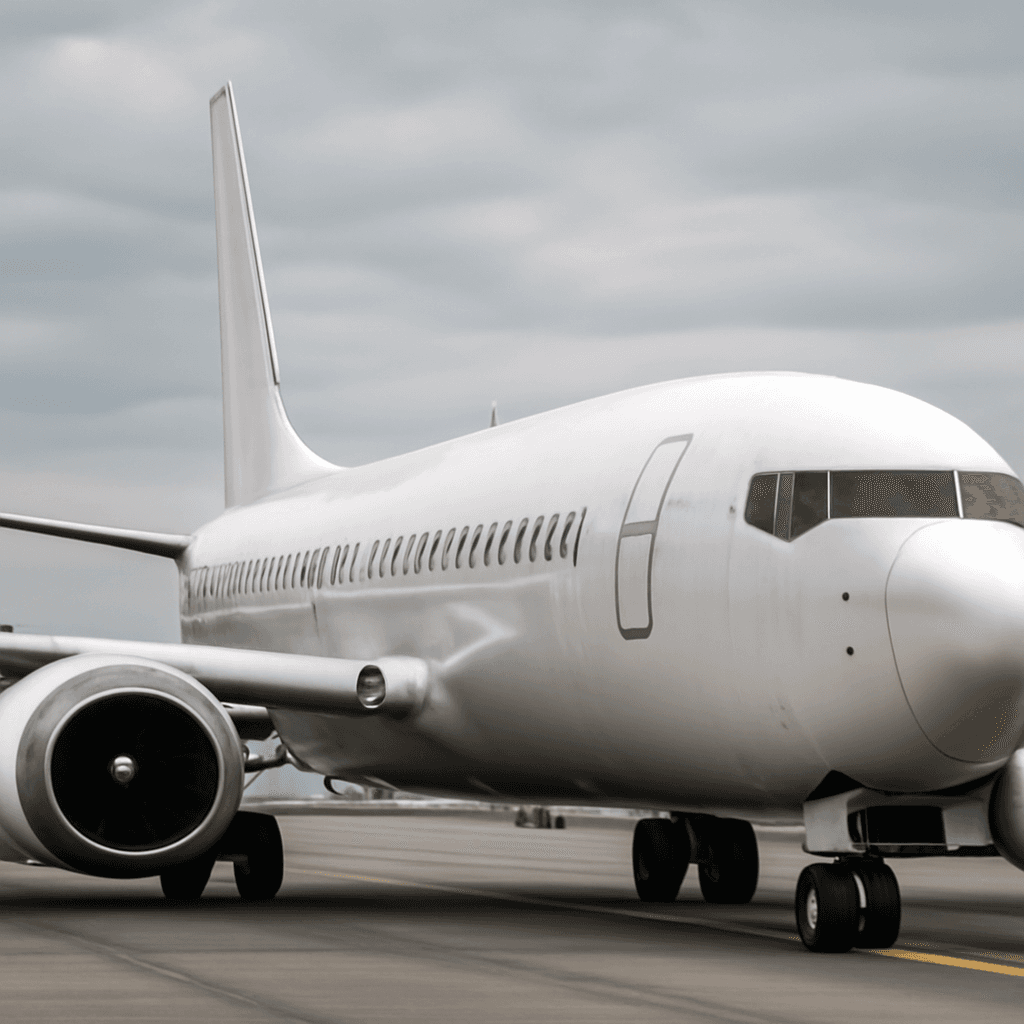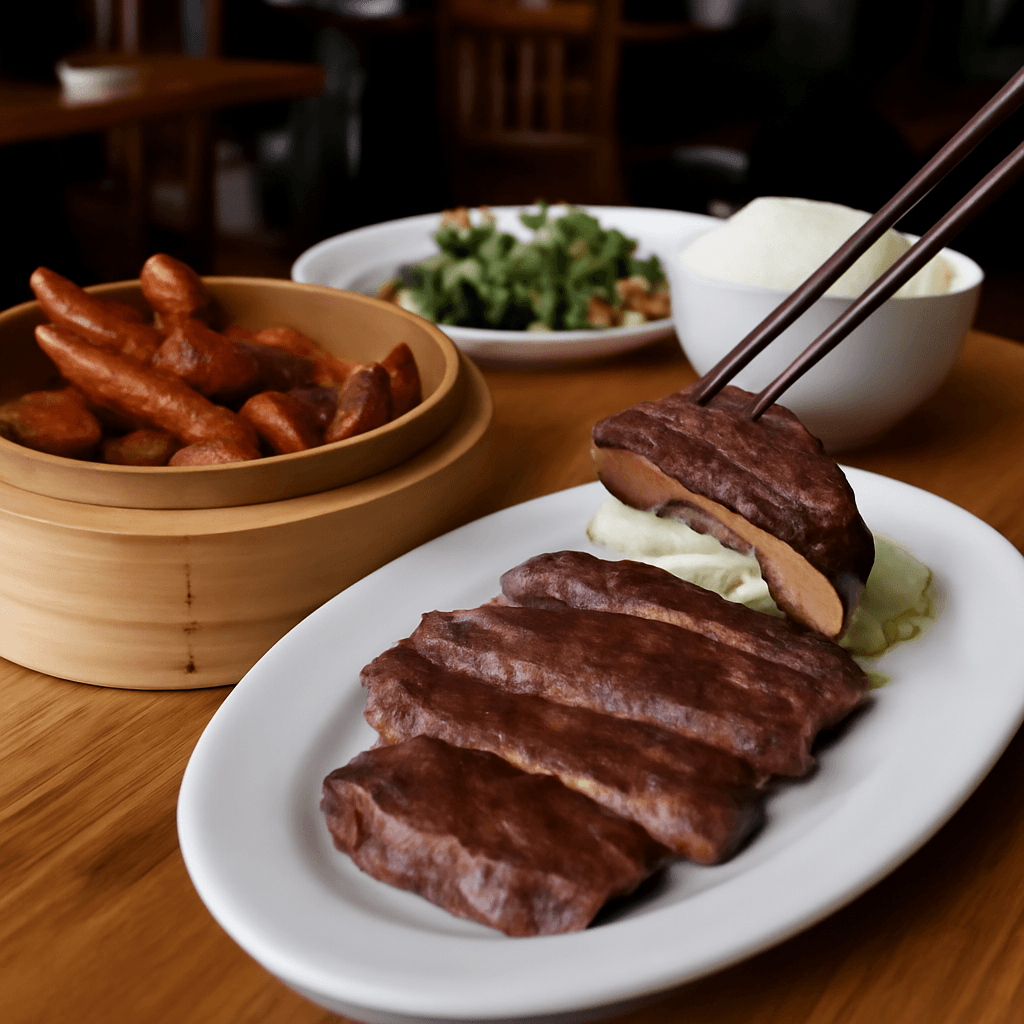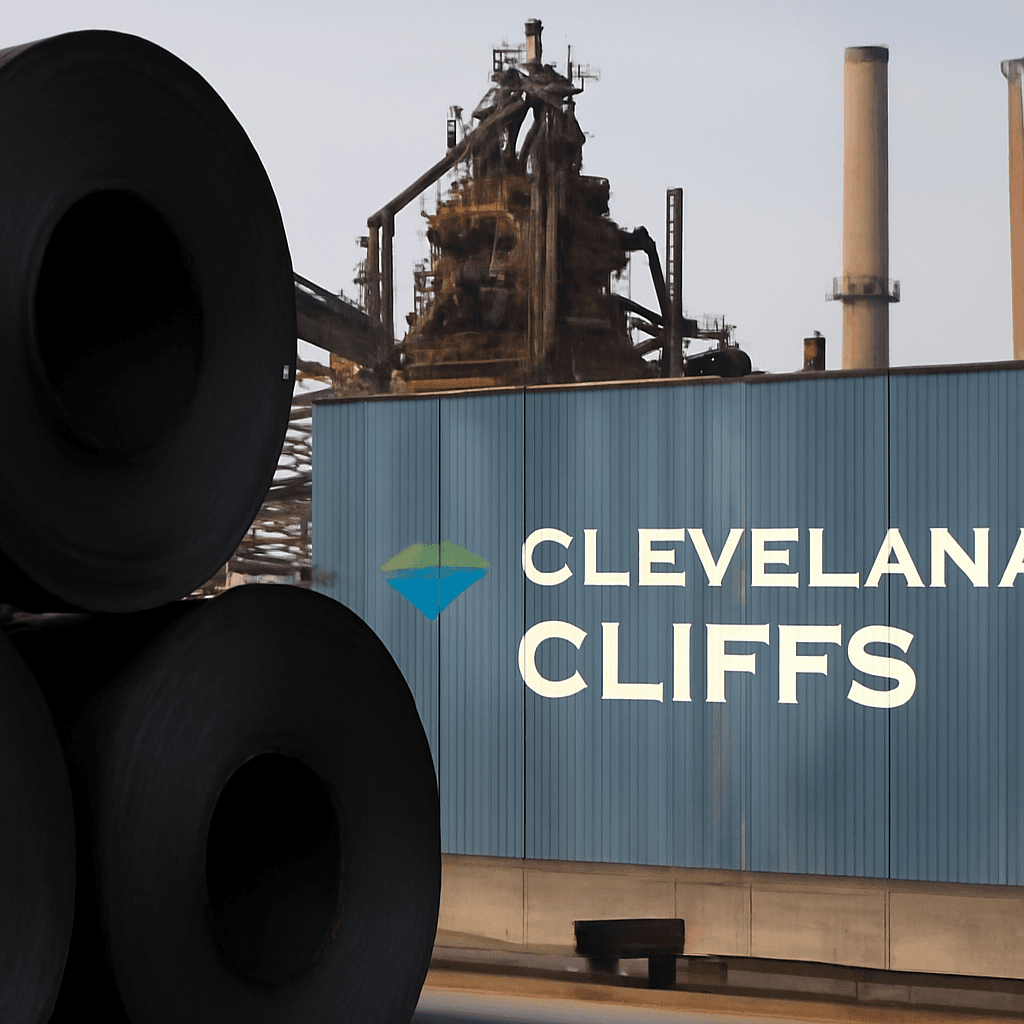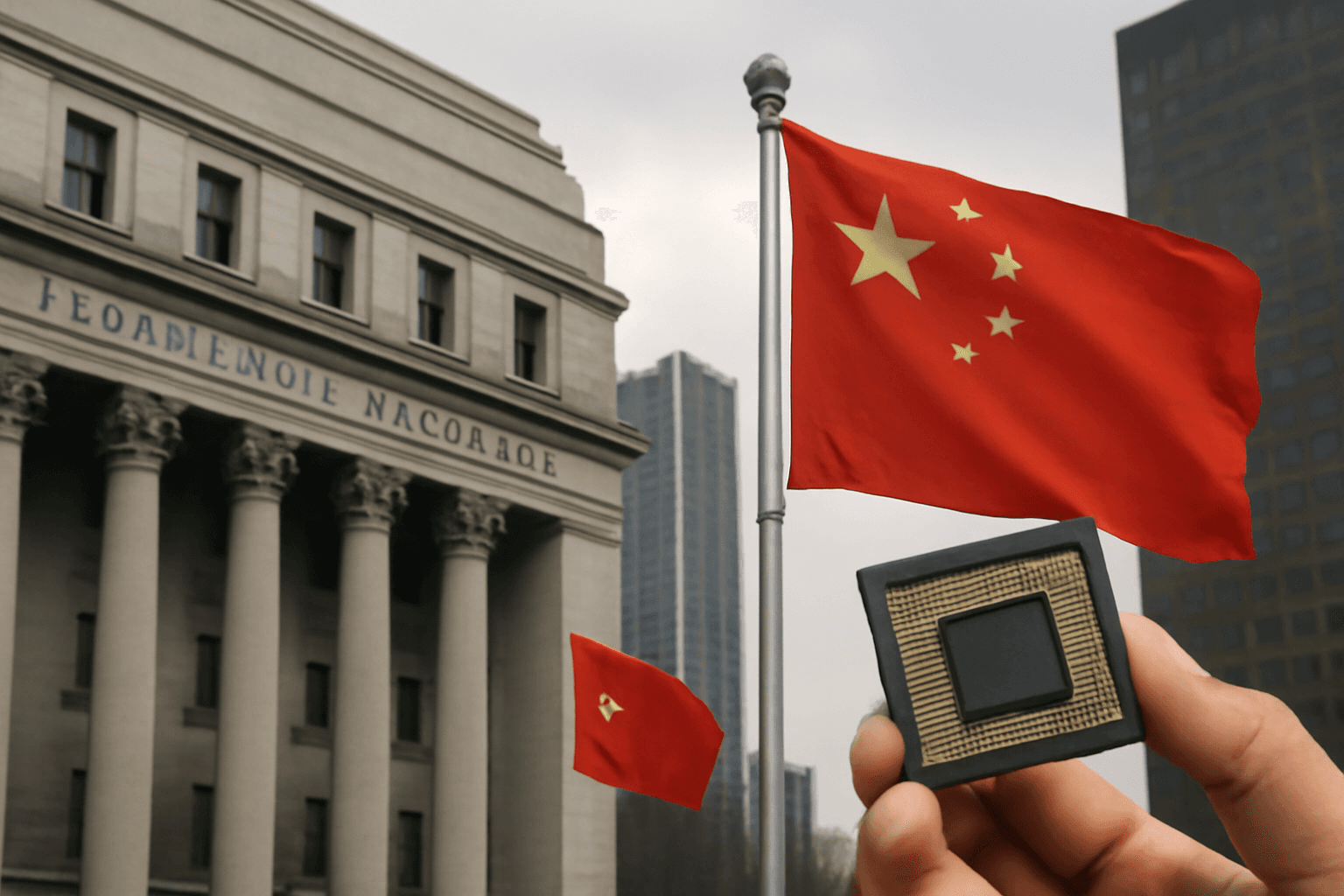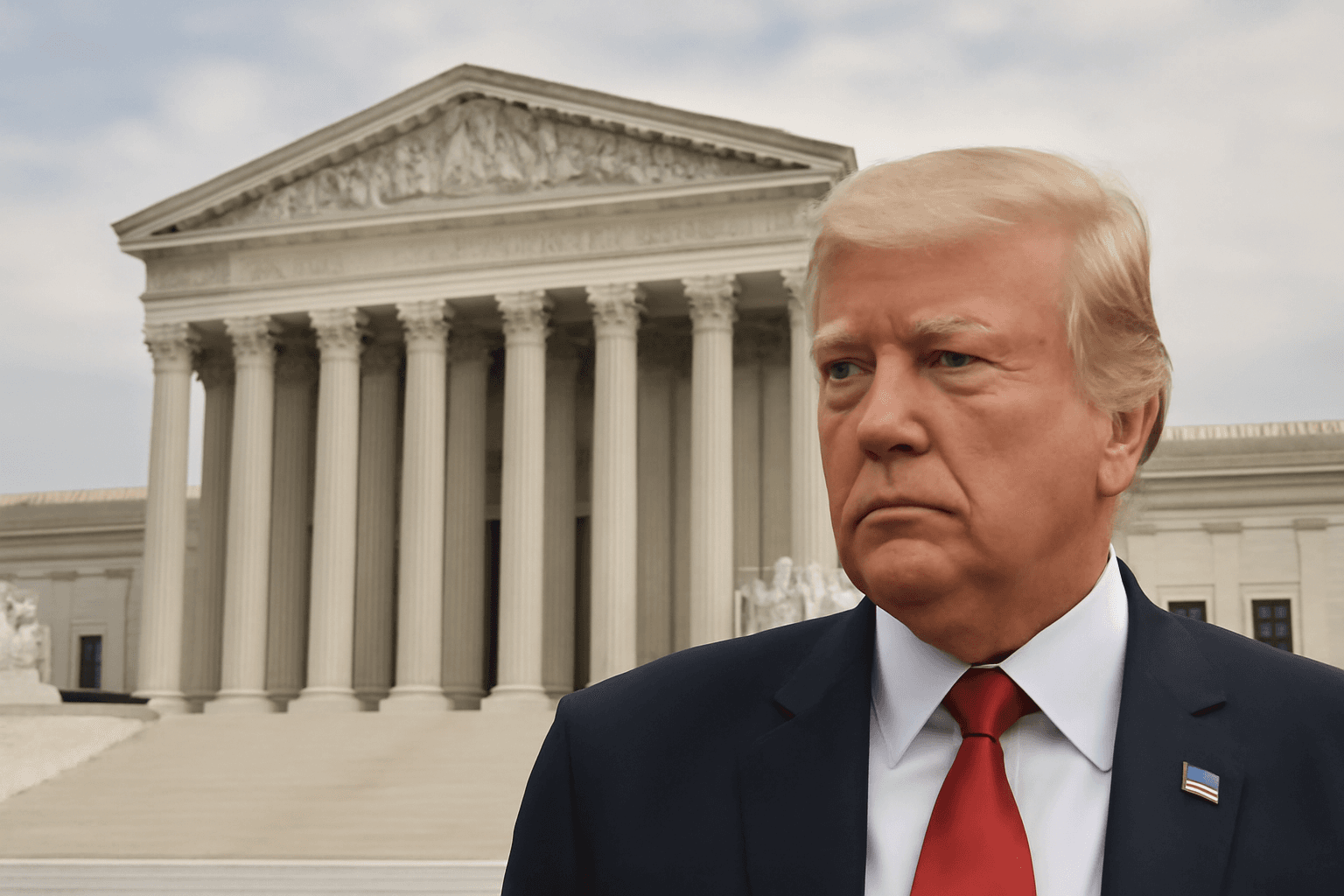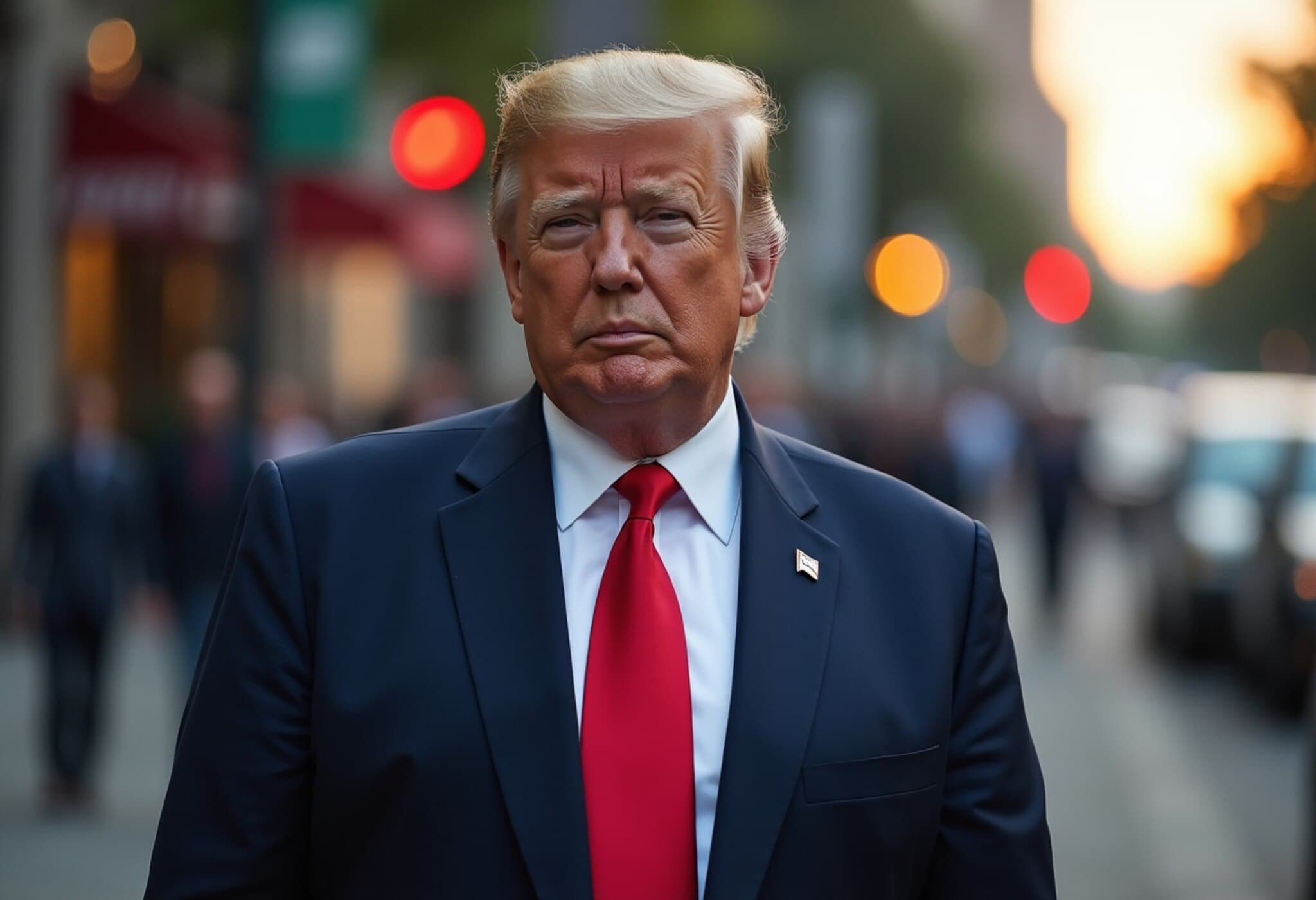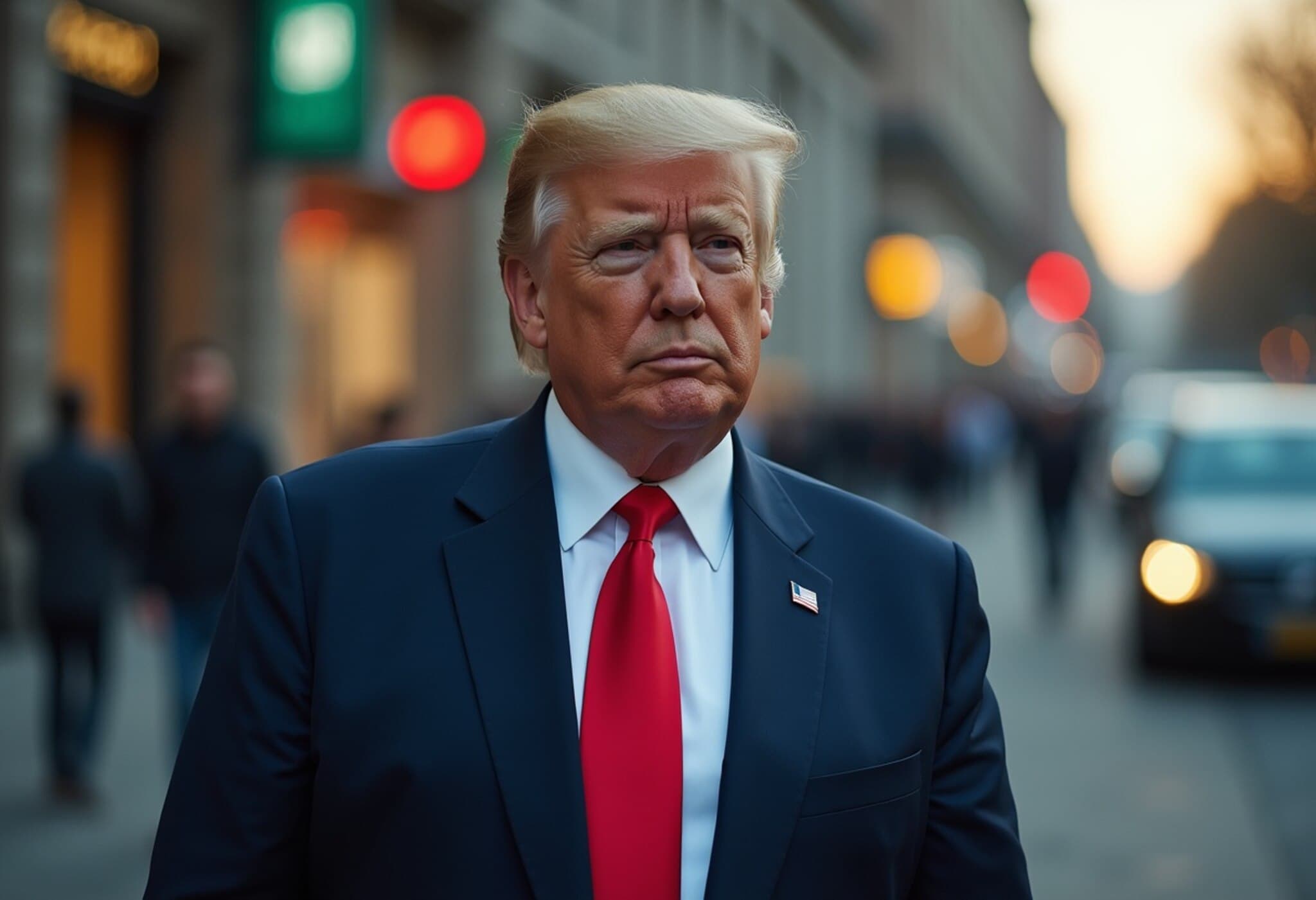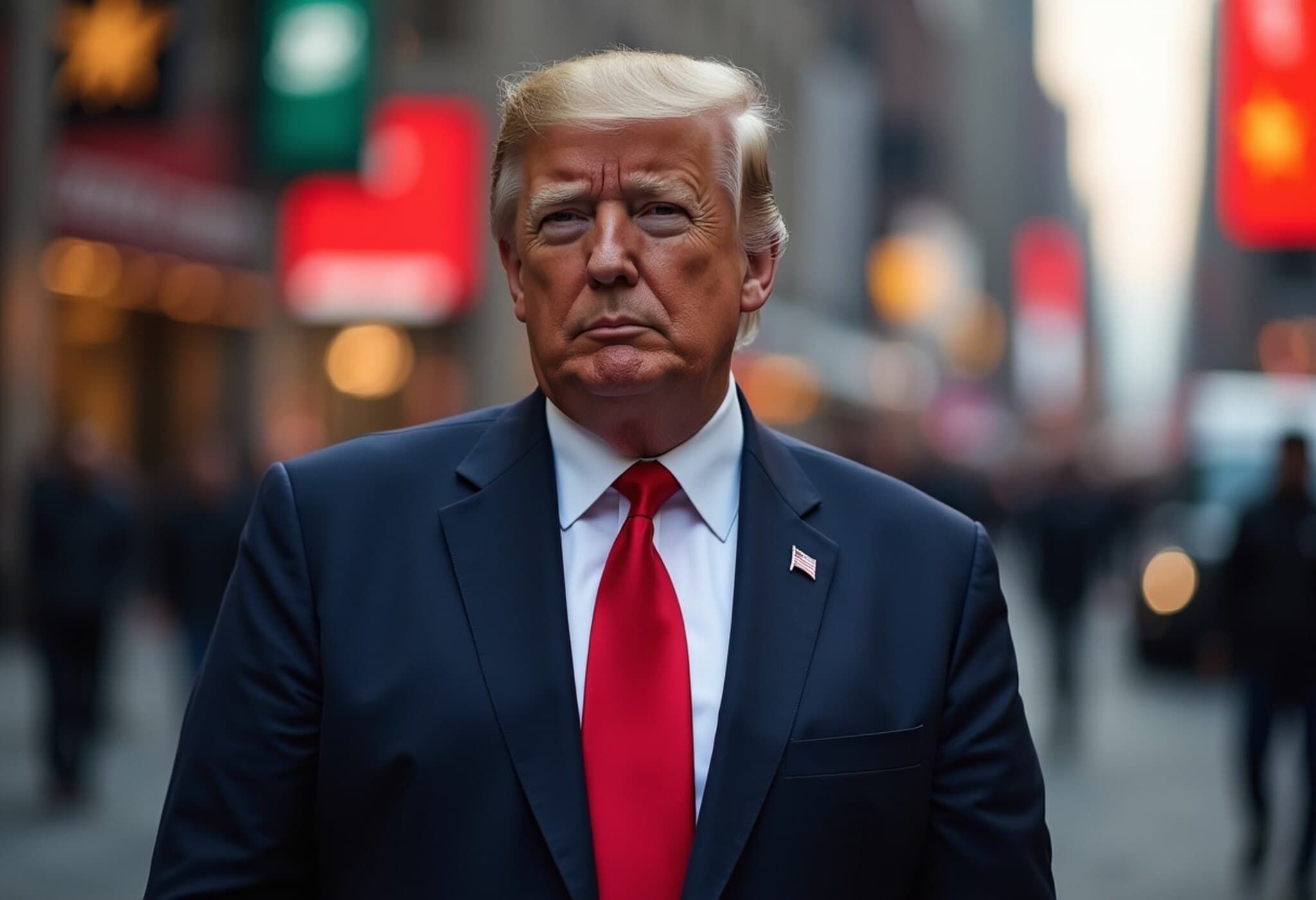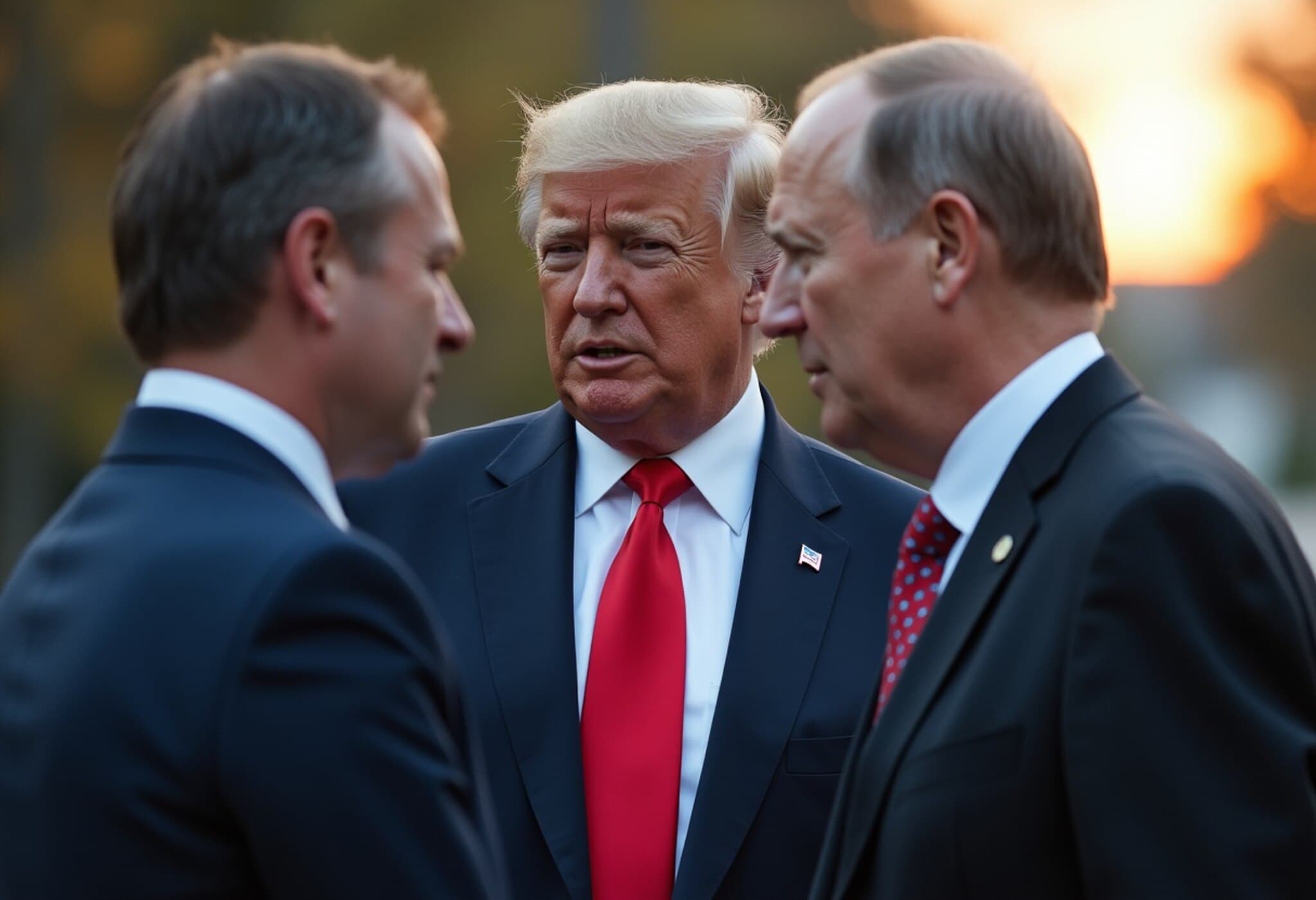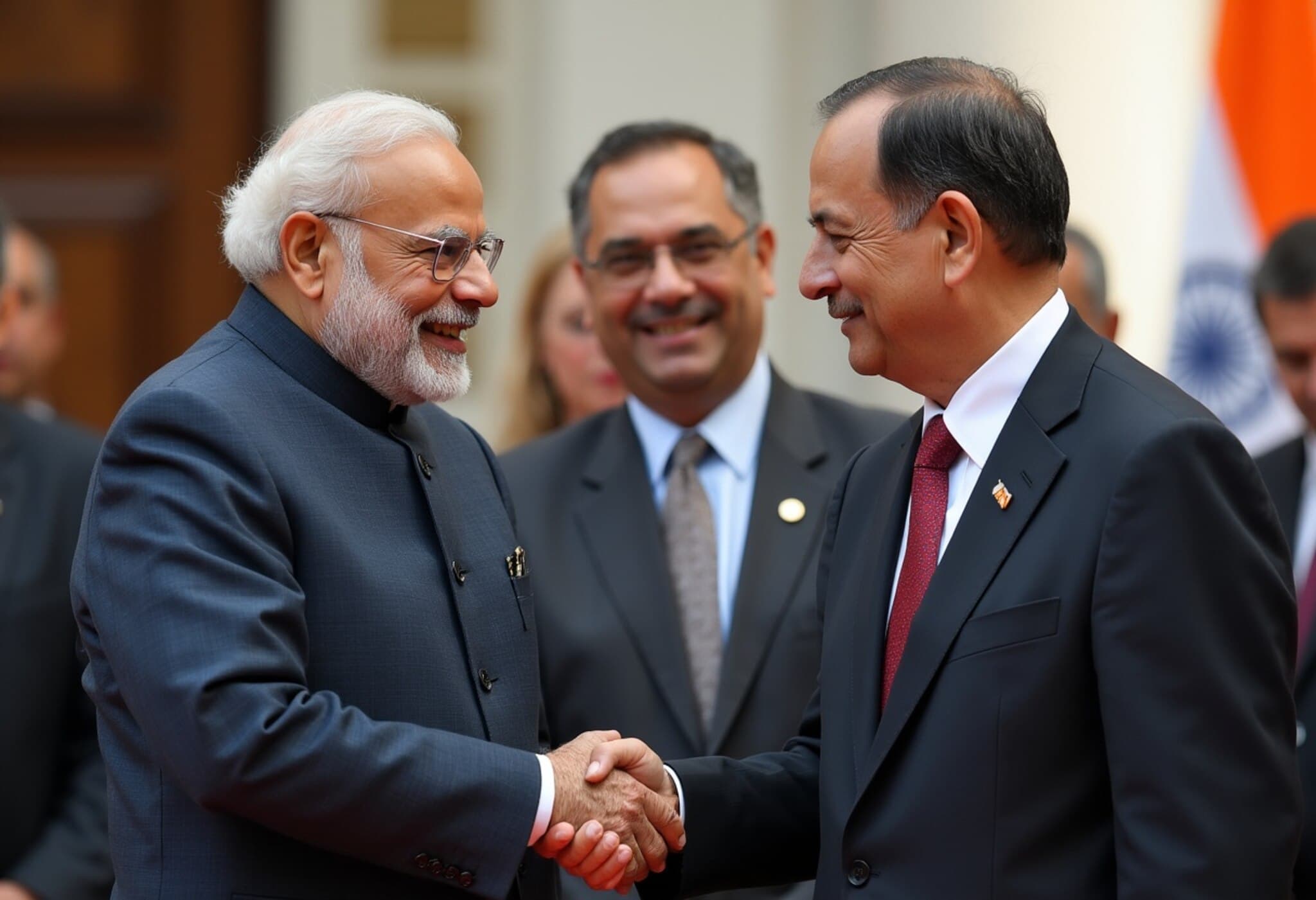Rising Firework Prices Shadow This Year’s 4th of July Celebrations
This Independence Day, Americans are facing an unexpected challenge: soaring costs for fireworks. The reason? The ongoing trade conflict between the United States and China. Sellers warn that while prices are already climbing, next year could bring even greater difficulties if tariff tensions persist.
China Dominates US Fireworks Supply Chain
Nearly 99% of fireworks used in the US are imported from China, making the industry highly vulnerable to trade disputes. Over the past few years, fluctuating tariffs have disrupted the supply chain, causing uncertainty and forcing suppliers to adjust orders and pricing on the fly.
Tariff rates on Chinese fireworks have swung dramatically—from a low of 10% up to an extreme 145%, now resting at 30% with a pending expiration in August. This volatility has left many importers scrambling to secure stock.
Bob Hamilton, an Indiana-based seasonal fireworks business owner, shared that most of his inventory was secured before the steep 145% tariff hit, but managing these changes felt like “too little, too late” for many other suppliers this season.
Production Challenges in China’s Fireworks Heartland
The ripple effects are being felt in Hunan Province, home to roughly 60% of the world’s fireworks production and long considered the birthplace of fireworks technology.
Wendy Tang, owner of a fireworks company in Liuyang, explained the unpredictable tariff environment has made it tough for producers to commit to the right levels of manufacturing. “One moment tariffs are at 100%, and the next day, they could spike to 200%,” she described, highlighting the instability that undermines planning.
Looking Ahead: A Troubling Forecast for 2026
The stakes rise sharply for 2026 when the United States marks its 250th anniversary of independence. This milestone is expected to boost demand for fireworks substantially. Yet, ongoing tariff disputes, combined with production slowdowns in China, congested warehouses, and fierce competition for shipping containers, threaten to curtail supplies and push prices even higher.
Stacy Schneitter-Blake, president of the National Fireworks Association, expressed growing concern, noting, “It’s really next year that’s worrying us, both in terms of manufacturing capacity and the tariff uncertainty.”
Political Nuances Behind the Fireworks Trade
While the White House downplays concerns—stating that true patriotism should not depend on “cheap foreign-made firecrackers and trinkets”—President Trump has shown a clear fondness for fireworks displays. Notably, during the 2020 Republican National Convention, his name was spelled out with fireworks, and the 2023 Army parade above the National Mall featured an extravagant show coinciding with his birthday.
It's worth mentioning that during Trump’s first term, fireworks initially enjoyed tariff exemptions, a policy that changed as the trade war intensified.
Conclusion
As this year’s Independence Day celebrations unfold under the shadow of higher prices and limited inventories, fireworks sellers and buyers alike remain anxious about what lies ahead. If tariff conflicts with China are not resolved soon, the glowing brilliance lighting up America’s night skies in future summers could come at a much steeper cost.

